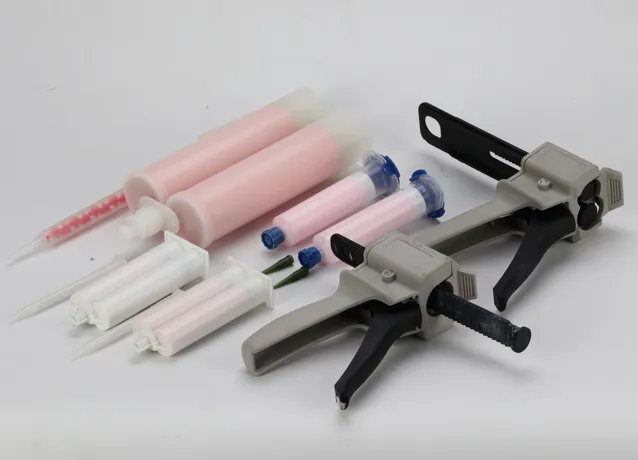The common thermal conductive materials on the market are thermally conductive pads based on thermally conductive silicone sheets, but thermally conductive pads cannot effectively fill the gaps between the interfaces, and thermally conductive gels can be used here.

Thermal gel is a kind of gel that uses silicone resin as the matrix, adds thermally conductive fillers and bonding materials in a certain proportion, and is processed through a special process. In the industry, it is also called thermal gel mud and thermally conductive mud. It has high thermal conductivity, low thermal resistance and good thixotropy. It has become an ideal material for applications with large gap tolerances. It is filled between the electronic components that need to be cooled and the radiator/shell to make close contact and reduce Thermal resistance quickly and effectively reduces the temperature of electronic components, thereby prolonging the service life of electronic components and improving their reliability.

 English
English
 usheenthermal
usheenthermal



